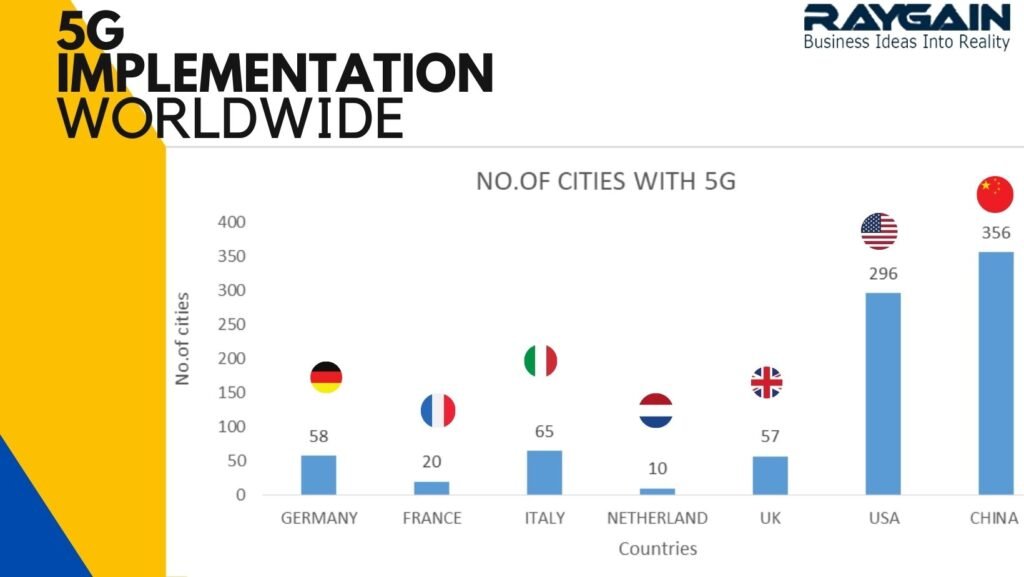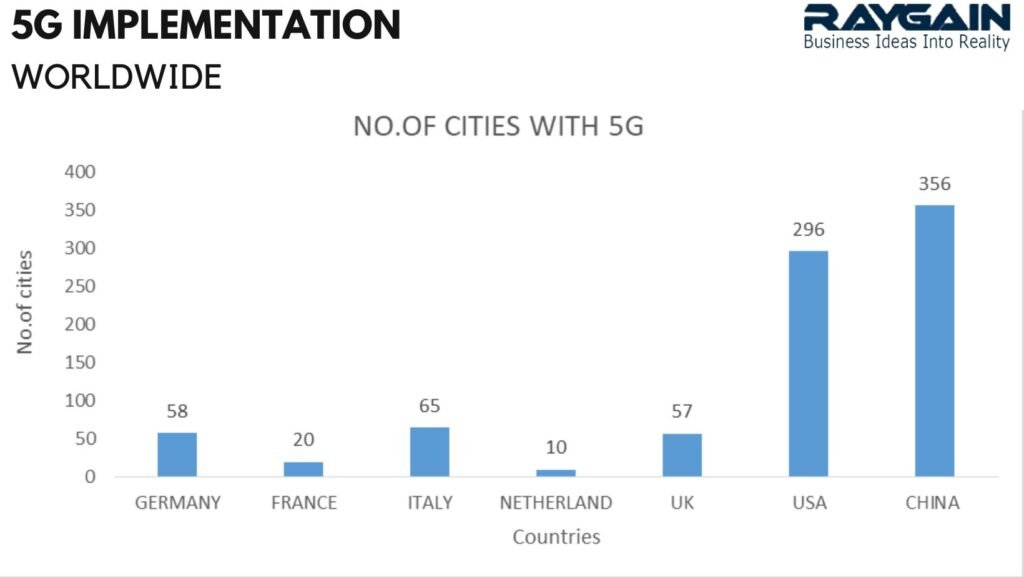The advent of 5G technology heralds a monumental shift in global connectivity, promising unparalleled speed, reliability, and minimal latency. Estimated to generate a staggering $960 billion in economic value by GSMA studies, 5G transcends conventional notions of mobile networks, offering tailored solutions to diverse industries and specific needs.
One of the most revolutionary aspects of 5G is the introduction of Captive Non-Public Networks (CNPNs), which provide ultra-reliable, low-latency communication tailored to enterprise requirements. These private networks, spanning industries from manufacturing to healthcare, are poised to catalyze the emergence of a new digital economy.

Across the globe, nations are exploring innovative approaches to spectrum allocation, specifically catering to enterprises seeking to deploy private captive networks. This shift reflects a growing recognition of the unique demands of businesses in the 5G era, with dedicated bands earmarked for deployment in countries such as France, Germany, the UK, and the US. Collaborative endeavors, exemplified by partnerships like Mercedes Benz, Ericsson, and Telefonica in Germany, underscore the concerted efforts to drive the adoption of 5G private networks and propel industries into the digital future.
In India, preparations for the 5G rollout in July 2022 are well underway, with the government approving various models to facilitate private non-public 5G networks. These models offer a spectrum of options, from telco-led network splicing to direct spectrum allocation to private entities. With advanced network slicing capabilities, 5G technology enables efficient management of diverse traffic types, meeting the burgeoning demand for real-time, ultra-reliable connectivity across industries.
In conclusion, the implementation of 5G signifies a paradigm shift in global connectivity, empowering industries with transformative capabilities to thrive in the digital age.










